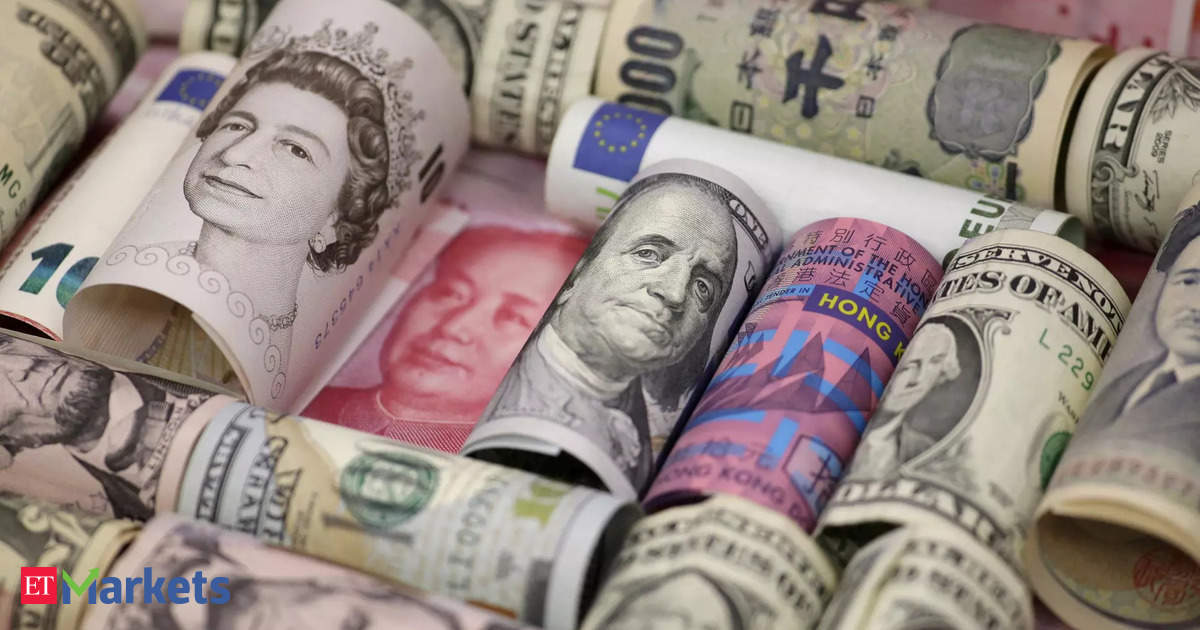Dollar steady; ether fuels crypto rally
Against the yen, the rose 0.07% to 156.37 in the early Asian session.
The yen has traded in a tight range over the past few sessions as fears of further intervention from Japanese authorities deterred traders from pushing the currency to new lows. However, the still-stark between the U.S. and Japan maintained the appeal of the yen as a funding currency.
Elsewhere, the euro edged 0.03% higher to $1.0860, while sterling similarly tacked on 0.03% to $1.27095.
With little on the U.S. economic data calendar this week to guide the direction of currency moves, focus turns to a slew of for clues on the U.S. rate outlook and how soon an easing cycle could begin.
Several officials on Monday called for continued policy caution, even after data last week showed a welcome easing in consumer price pressures in April.
"I think all the comments from various officials will deliver more of the same messages, and the main message will be for the FOMC to continue a patient approach on interest rate cuts," said Carol Kong, a currency strategist at .
Still, the cautious Fed rhetoric has so far done little to significantly alter the market pricing for rate cuts, with investors betting on two cuts this year beginning September.
The New Zealand dollar was little changed at $0.6107, while the Aussie ticked 0.1% higher to $0.6674, ahead of minutes of the 's May meeting due later on Tuesday.
Against a basket of currencies, the dollar steadied at 104.61.
In the cryptoverse, ether jumped more than 5% to an over one-month high of $3,691.80, after having surged nearly 14% in the previous session - its largest daily percentage gain since November 2022.
Bitcoin similarly charged more than 3% higher to break above the $70,000 level. It last bought $71,259.
Analysts said the latest came on the back of speculation that an approval of spot ether ETFs by the U.S. SEC could be imminent, following in the footsteps of the listing of bitcoin ETFs earlier this year.
"It's absolutely flown," said Tony Sycamore, a . "I think it's partly to do with that speculation, but also to do with that core (U.S.) inflation data last week that's boosted risk sentiment and obviously brought rate cuts back into play.
"With the in January and then the halving out of the way, it was lacking a little bit of a catalyst in terms of what would be the next key driver for crypto, and I think it was always going to revert back to macro. And the macro has been really, really good since last Wednesday."
Source: Forex-Markets-Economic Times
